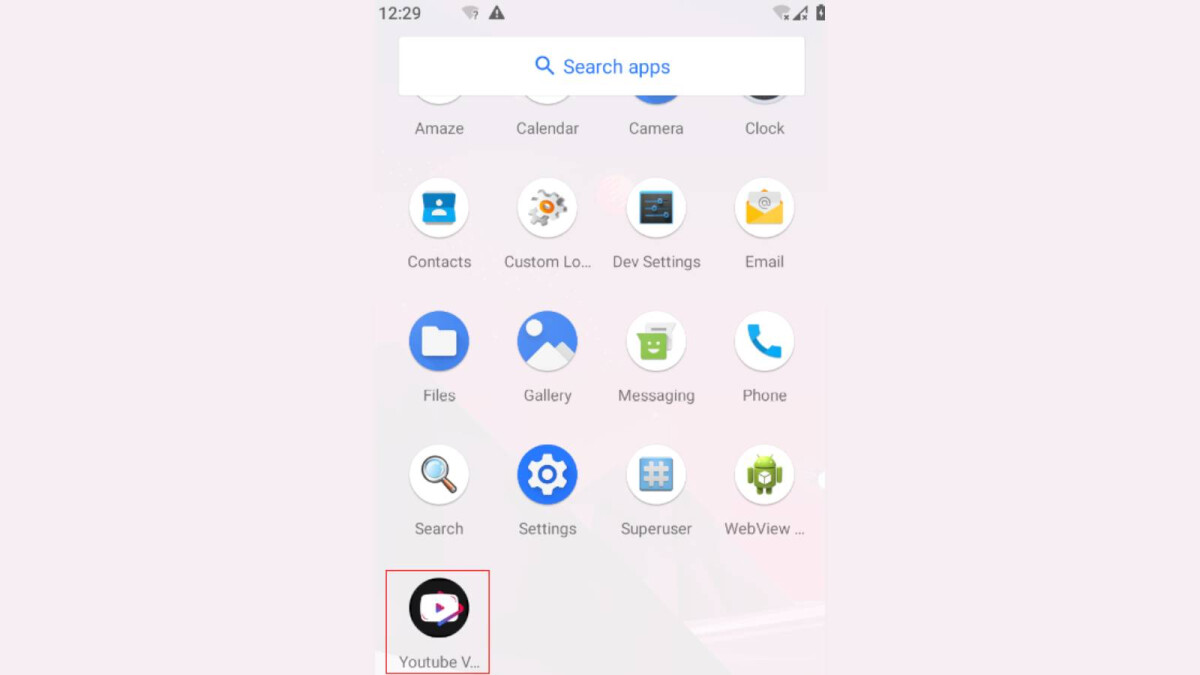Woman loses over $20k from credit card and bank accounts after downloading third-party app
SINGAPORE – A food delivery order that was supposed to cost $58 ended up costing Ms Lim (not her real name) over $20,000 after scammers took control of her Android phone and banking details remotely.
Ms Lim, 54, lost almost $20,500 from a credit card account and two DBS savings accounts in hours after she clicked on a link to download a third-party app, following which scammers then increased her credit limits and siphoned out all her money.
She had been looking for healthy tingkat (tiffin) meal delivery options for her elderly parents, and on July 26, she made an inquiry after seeing a Facebook ad from a company called Healthy Box.
The ad appeared to be from local caterer Grain, whom she had ordered from before. Hence, she was not suspicious.
She contacted the poster of the advertisement via Facebook messenger, after which the conversation continued on WhatsApp at around noon that day.
After the person confirmed they were from Grain, they sent her a link via WhatsApp to download an app – one that she had not used before – to make the order. She then installed the app, which she said looked exactly like the mobile-enabled version of Grain’s site.
When asked to make payment of $58 via PayNow to another number, she received a message saying that the vendor had not installed PayNow and that she could send the vendor a link to do so.
She then messaged the person to inform them that their PayNow was not working and asked them to check on it, but did not receive a reply.
Ms Lim, who works in events and marketing, went back to her online meetings. About 90 minutes later, when taking a lunch break, she noticed that her phone felt “burning hot”.
When she switched it on, the phone showed a blank screen and it had automatically performed a factory reset. Not suspecting anything, she followed the sequence to reset the phone and set it up again, as one would with a new phone.
Later that day, when she attempted to use her ATM card to withdraw money at around 6pm, she realised that her bank balance was zero.
She called the DBS customer service hotline, and an officer confirmed that $20,493.87 had been transferred out of her account.
A few days later, she went to…





